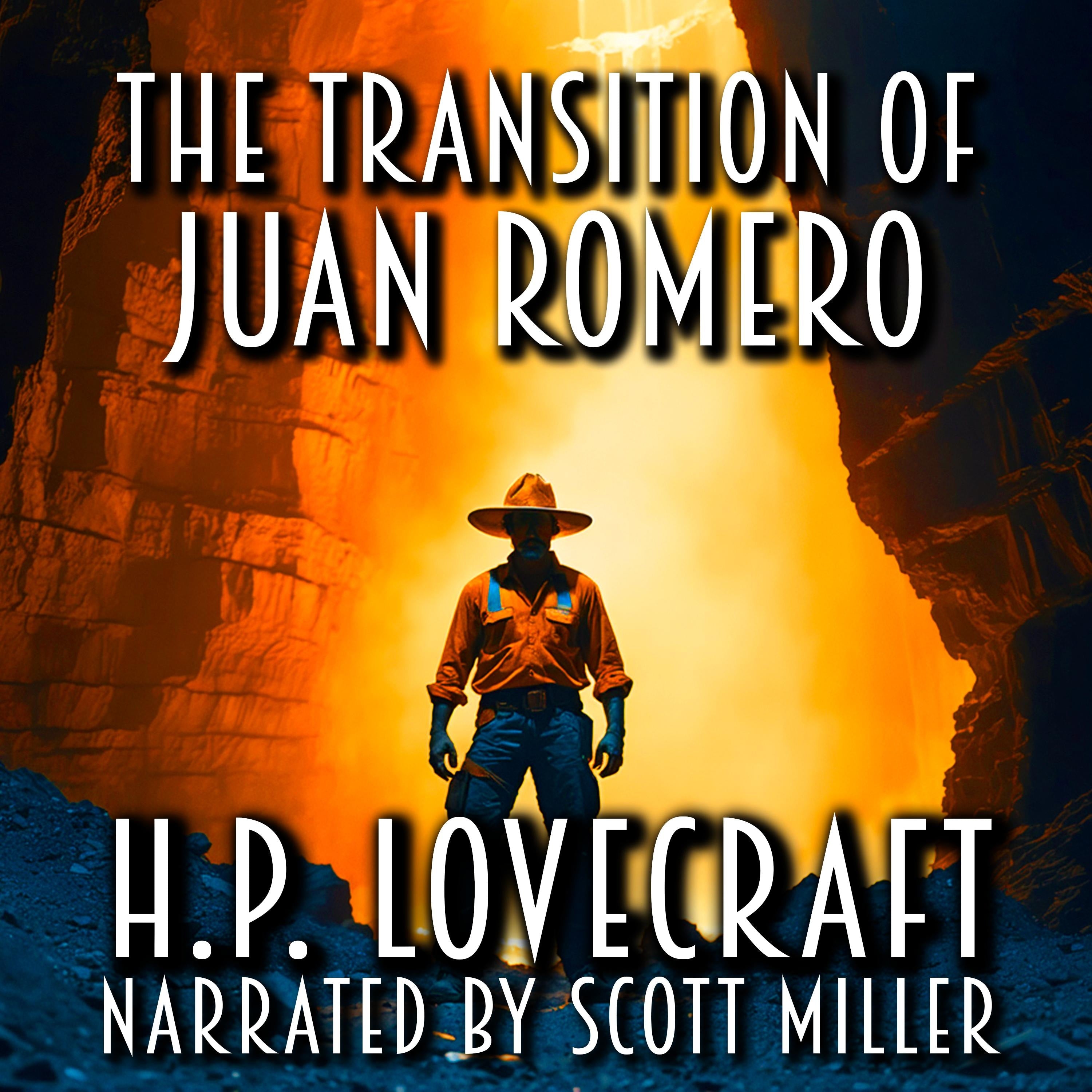
The Transition Of Juan Romero
H. P. Lovecraft's The Transition of Juan Romero is one of his briefest and most mysterious tales, written in a single day on September 16, 1919, yet withheld from publication until 1944, seven years after his death. Set in a grim Nevada mine, it follows a narrator and his co-worker, Juan Romero, as they descend into a newly opened shaft where an unearthly sound echoes from below. What they discover-or perhaps imagine-blends dream and nightmare, fusing cosmic horror with the claustrophobic dread of the deep earth. The story's simplicity and ambiguity reveal an early experiment in atmosphere over plot, foreshadowing Lovecraft's later mastery of unseen terrors and unspeakable revelations.
Howard Phillips Lovecraft (1890-1937) was an American writer whose strange, atmospheric fiction reshaped modern horror and science fiction. Born in Providence, Rhode Island, he grew up steeped in myth, astronomy, and classical literature, all of which infused his later work. Lovecraft's stories-The Call of Cthulhu, The Colour Out of Space, and At the Mountains of Madness among them-introduced the vast "Cthulhu Mythos," a vision of an indifferent cosmos ruled by ancient, incomprehensible beings. His influence spread posthumously through pulp magazines, writers like August Derleth and Clark Ashton Smith, and later generations of authors, filmmakers, and artists. Though he struggled with poverty and obscurity in life, Lovecraft's unique blend of cosmic awe and existential dread has made him one of the most influential voices in speculative fiction history.
Praise
